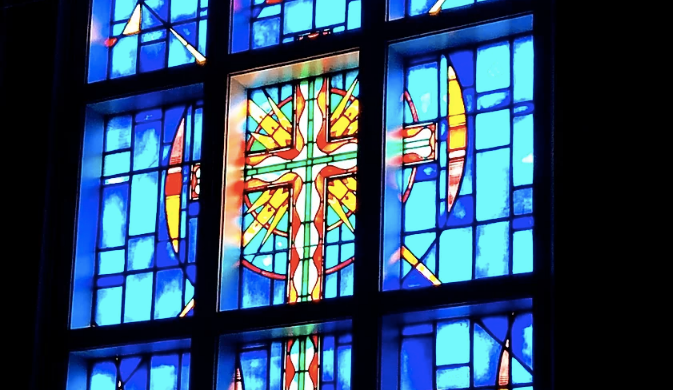A Message from Bishop Easterling
- Pastor Chris Broadwell
- Nov 8, 2021
- 3 min read
"A shoot shall come up from the stump of Jesse, and a branch will grow out of his roots. The spirit of the Lord shall rest on him, the spirit of wisdom and understanding, the spirit of counsel and might, the spirit of knowledge and the fear of the Lord. His delight shall be in the fear of the Lord. He shall not judge by what his eyes see, or decide by what his ears hear; but with righteousness he shall judge the poor, and decide with equity for the meek of the earth; he shall strike the earth with the rode of his mouth, and with the breath of his lips he shall kill the wicked. Righteousness shall be the belt around his waist, and faithfulness the belt around his loin." -- Isaiah 11: 1-5 (NRSV)
Invisible, forgotten, the asterisk problem. These are often the qualifiers that precede news articles addressing the current reality for Native American populations within the United States. But those descriptors are as much a part of the problem as the problems they seek to address.
According to Merriam Webster, the definition of the word invisible is, “incapable by nature of being seen; not perceptible by vision.” That definition represents an aspect of physics, but the current state of affairs for Native Americans goes beyond this. The reality is that whether or not we see our brothers and sisters has everything to do with making a conscious choice.
Prior to European settlers arriving on America’s shores, the nation's indigenous population was over 10 million. Those numbers dropped precipitously as Native people were met with war and diseases brought by the settlers. This devastation continued as they faced relentless persecution and discrimination over centuries. Their lands and resources were stolen, and they were forced onto reservations that lacked the soil necessary to build and sustain their communities. Almost all of our conference properties sit upon tribal land.
Today, Native Americans still face threats from federal and state governments related to land-use and resource extraction. Native Americans have the highest poverty rate of any major racial group, with one in four people living below the poverty line. There is intergenerational trauma from the forced placement of Native American children in Boarding Schools where their language, dress and customs were forbidden. In addition, as of 2019, just under 6,000 indigenous women were missing. While the nation was gripped with the disappearance and death of Gabrielle Petito, we rarely hear the names of indigenous women who have met the same fate.
As we approach the season of Advent, the season we celebrate Christ’s breaking into the world to bring peace and reconciliation, how do we reconcile such violence? Not just physical violence, but emotional, psychological, financial and territorial violence. How do we reconcile that Methodists were centrally involved in the horror experienced by Native Americans?
November is Native American Heritage month. Black History month is February. Asian American and Pacific Islander Heritage month is May. Hispanic Heritage month is September. These designations represent episodic engagements at best, and tokenism at worst. None of these observances create the foundation for relationships. How can we move toward real proximity? How do we create opportunities for deeper and transformational experiences?
Isaiah 11:1-5 indicates that the One who came and is to come will bear the Spirit of wisdom and understanding, a Spirit of counsel and strength. Understanding requires listening and wisdom is the fruit of depth, not superficiality. Listening and depth come through relationship, and relationship requires seeing one another. As we endeavor to do so, I invite us to start by reading, Massacre at Sand Creek: How Methodists Were Involved in an American Tragedy, by Gary L. Roberts.
This reading is a first and important step. Just as important as learning and knowing one another’s stories, is creating authentic relationships, and seeking justice and wholeness for each person. During this season, and throughout the year, may we choose to see one another, to see Christ in one another.

Blessings and Peace, Bishop LaTrelle Easterling Baltimore-Washington Conference and Peninsula-Delaware Conference The United Methodist Church



Comments